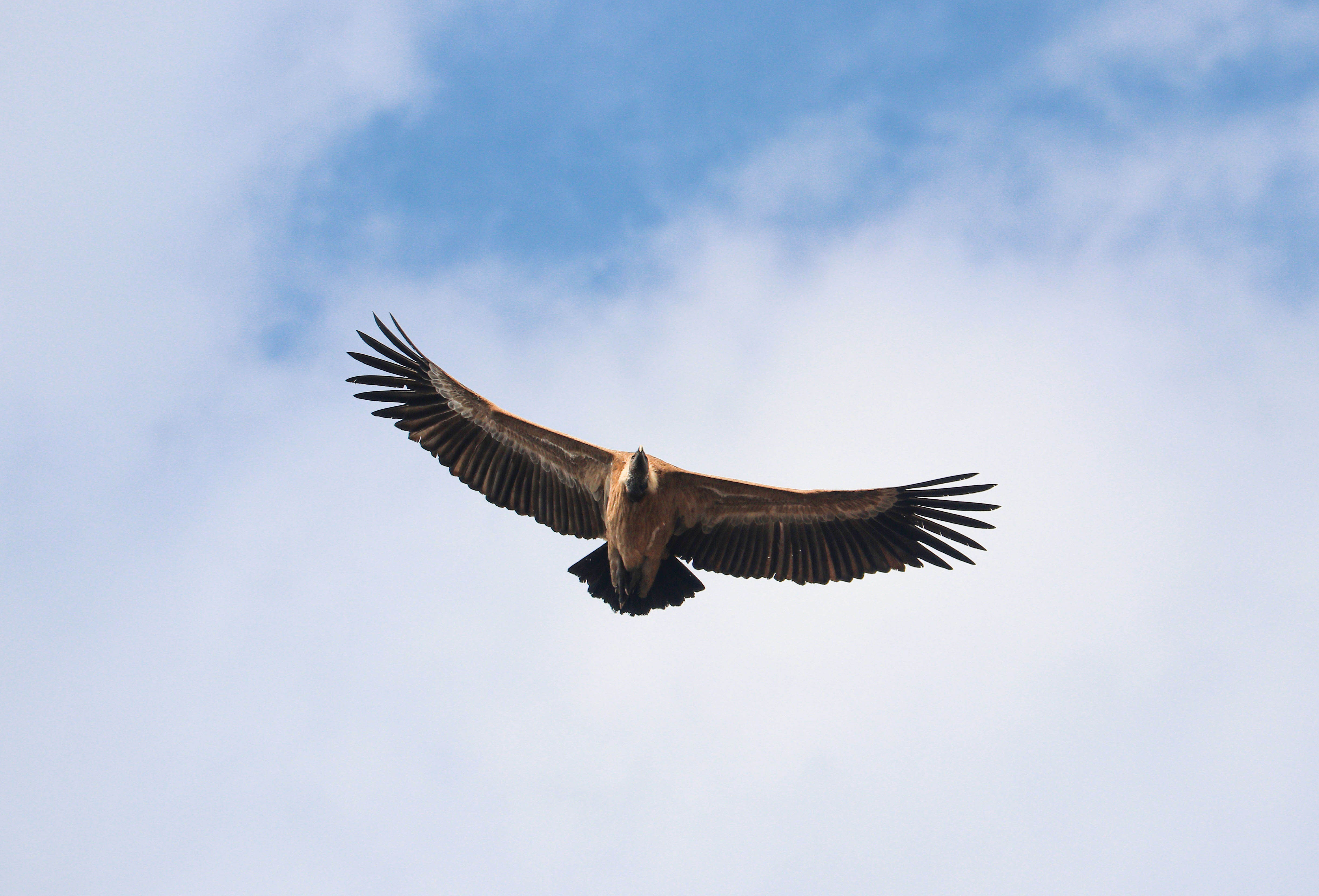Tigers serve as vital indicators of ecosystem health, as they regulate the populations of other carnivores and herbivores. These majestic royal Bengal tigers play a crucial role in maintaining a balanced habitat. Additionally, the hunt conducted by tigers provides a source of affordable food for smaller carnivores, scavenging mammals, birds, insects, and more.
Vultures, renowned as the ultimate scavengers, perform a crucial function in maintaining the well-being of an ecosystem. These majestic creatures swiftly consume a single carcass in a mere half an hour, effectively cleaning decaying matter. By doing so, they act as incubators for severe diseases like anthrax and rabies. Just like human settlements, animals also require a clean environment to thrive and remain disease-free. In the Indian subcontinent, vultures serve as primary scavengers, playing a significant role in maintaining a clean ecosystem.
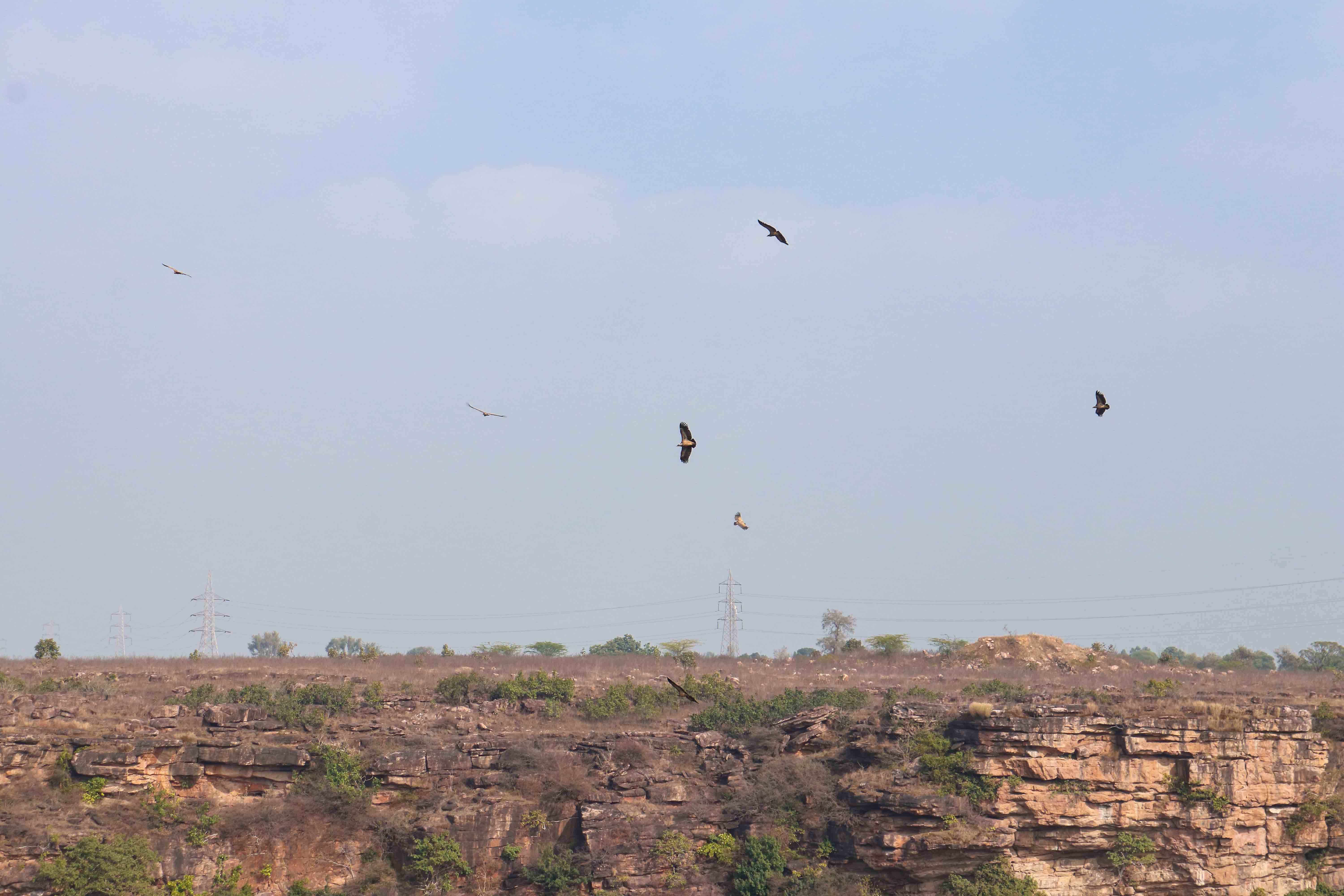
Vultures, renowned as the ultimate scavengers, perform a crucial function in maintaining the well-being of an ecosystem. These majestic creatures swiftly consume a single carcass in a mere half an hour, effectively cleaning decaying matter. By doing so, they act as incubators for severe diseases like anthrax and rabies. Just like human settlements, animals also require a clean environment to thrive and remain disease-free. In the Indian subcontinent, vultures serve as primary scavengers, playing a significant role in maintaining a clean ecosystem. Unfortunately, the vulture population has dramatically declined over the past two decades, with only a few tens of thousands remaining compared to the previously healthy population of 40 million.
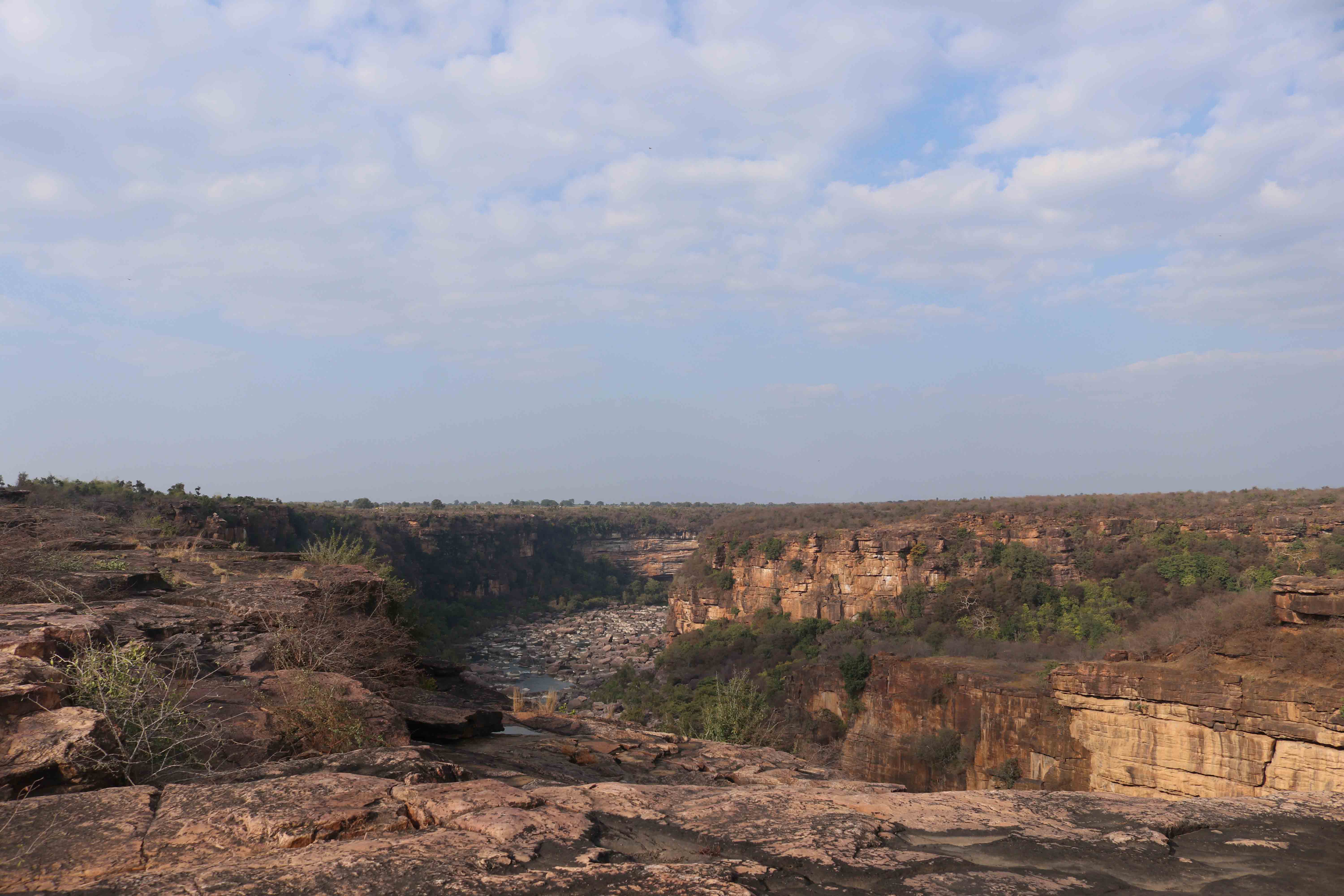
The use of Diclofenac, a nonsteroidal anti-inflammatory drug found in India, is responsible for this alarming loss. Vultures are highly susceptible to the toxic effects of diclofenac, which can lead to kidney failure and death in these birds. The presence of diclofenac in the environment has been a significant factor in the decline of vulture populations in some regions. At one point, the vulture population hit a record low of 10-15 thousand throughout the country. Although there has been a slight increase in recent times, four vulture species are currently listed as critically endangered on the IUCN Red List. The exact figures on the population estimates of most species remain unknown, which is extremely concerning.
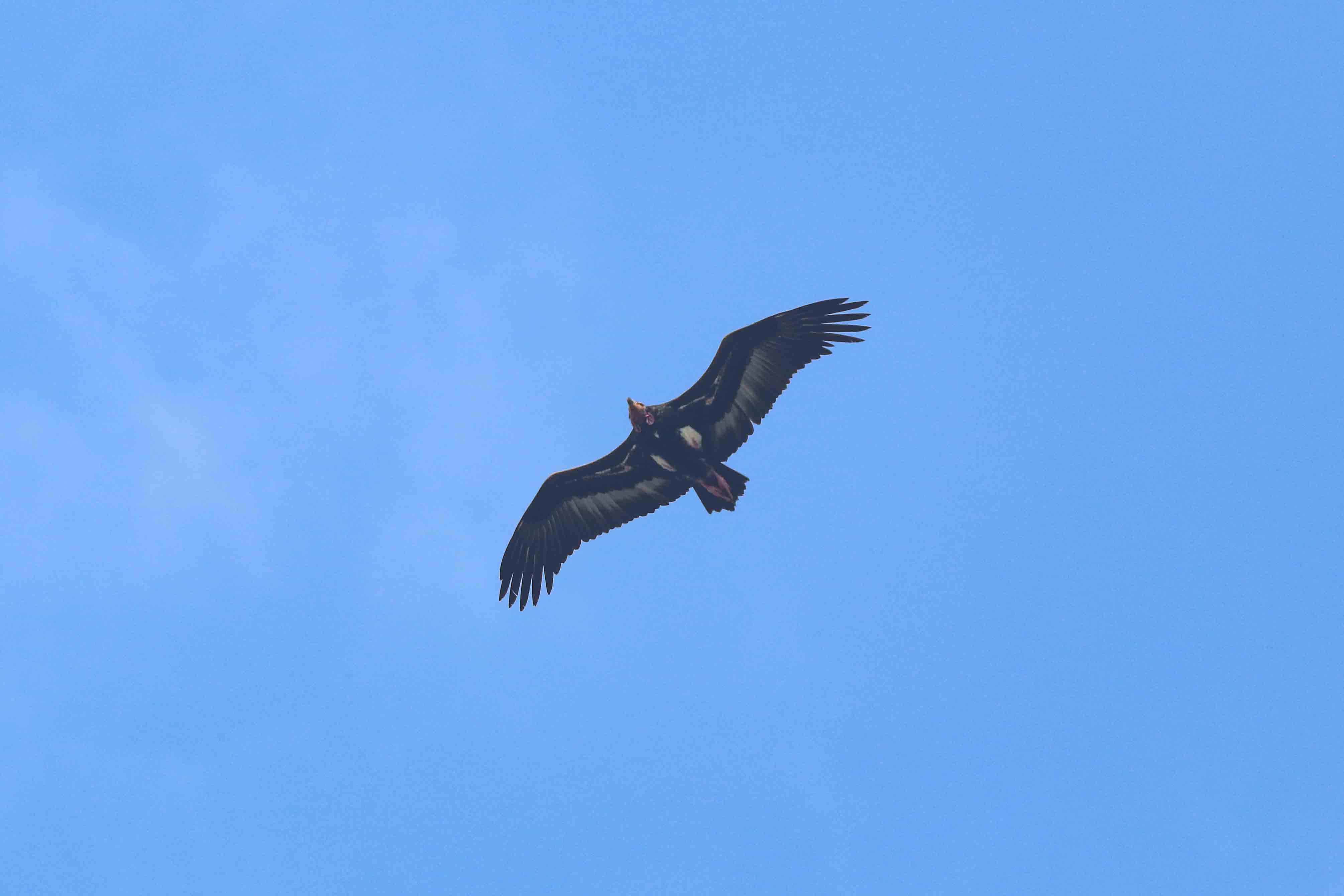
The historical connection between tigers and vultures is intriguing. In the past, the lands dominated by tigers now host one of the rarest scavenging birds, the vulture. This shift demonstrates respect for wildlife, as evidenced by the thriving vulture population that has significantly increased over the past five years. Rewa, situated in the Vinhdyachal region, boasts breathtaking landscapes, including rivers, waterfalls, canyons, and vast expanses. Despite the harsh conditions, with temperatures reaching 47 degrees Celsius in summers and dropping to 2-3 degrees Celsius in winters, the region is abundant in wildlife biodiversity, including various mammals, reptiles, birds, plants, and trees.
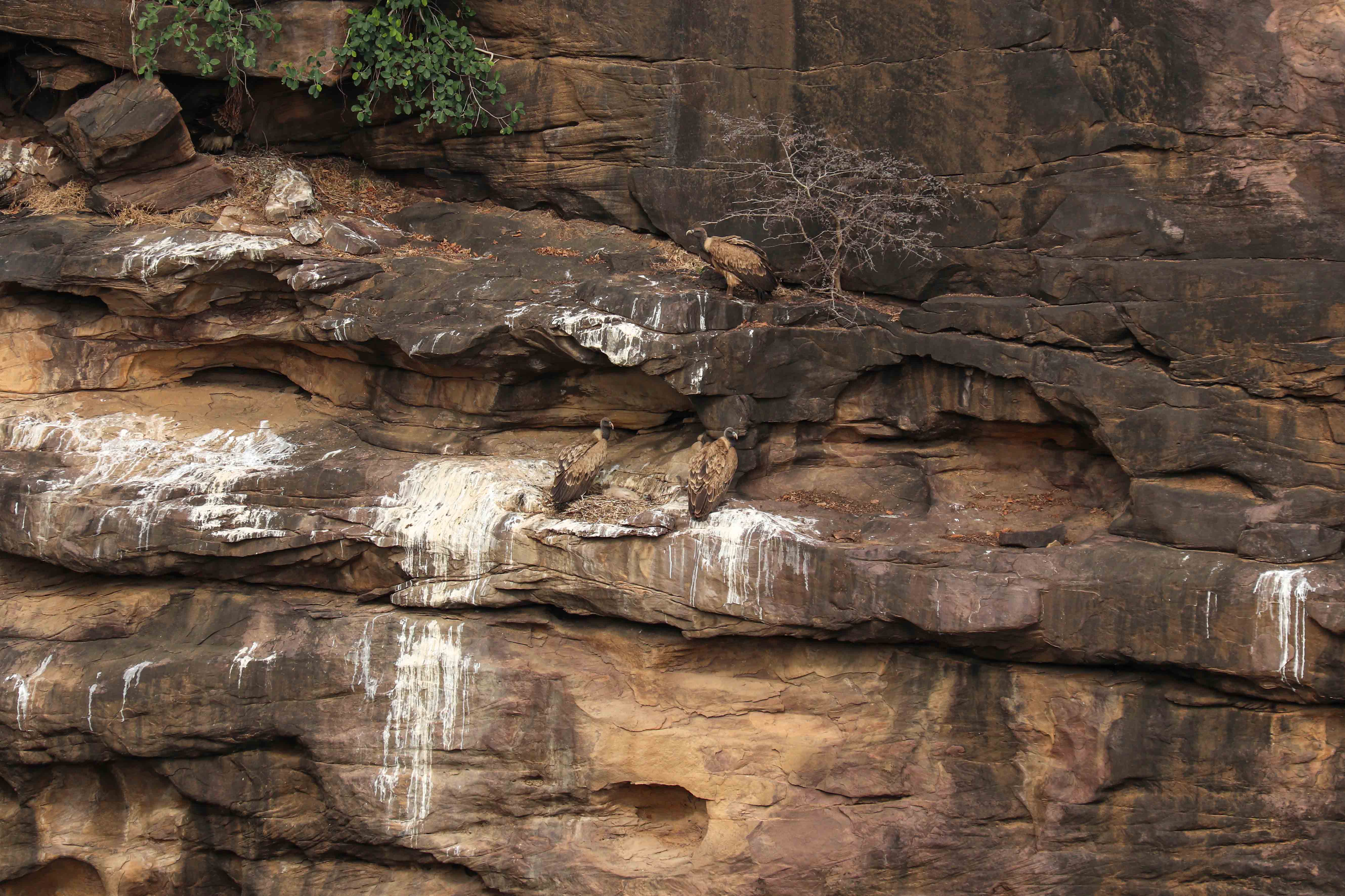
The discovery of vulture nests and colonies in Rewa indicates a promising trend. During exploration, I stumbled upon approximately 20 adult vultures, some resting, some hovering, and even discovered seven nests with eggs. These signs of vulture reproduction and colony growth signify a thriving habitat. Join me on this captivating journey as I uncover more fascinating species and their connection to local communities. Stay tuned for future blog posts and series to learn about these incredible creatures and their habitats.
